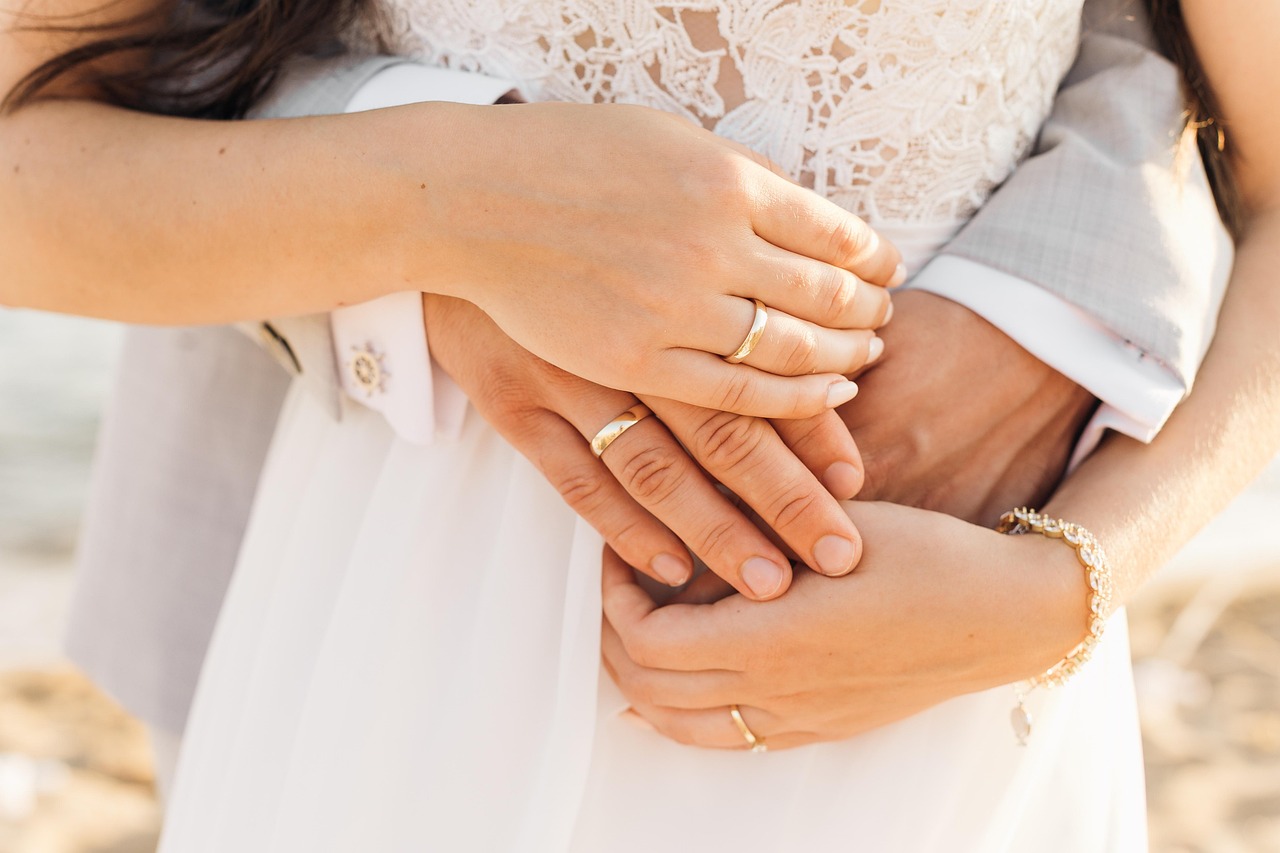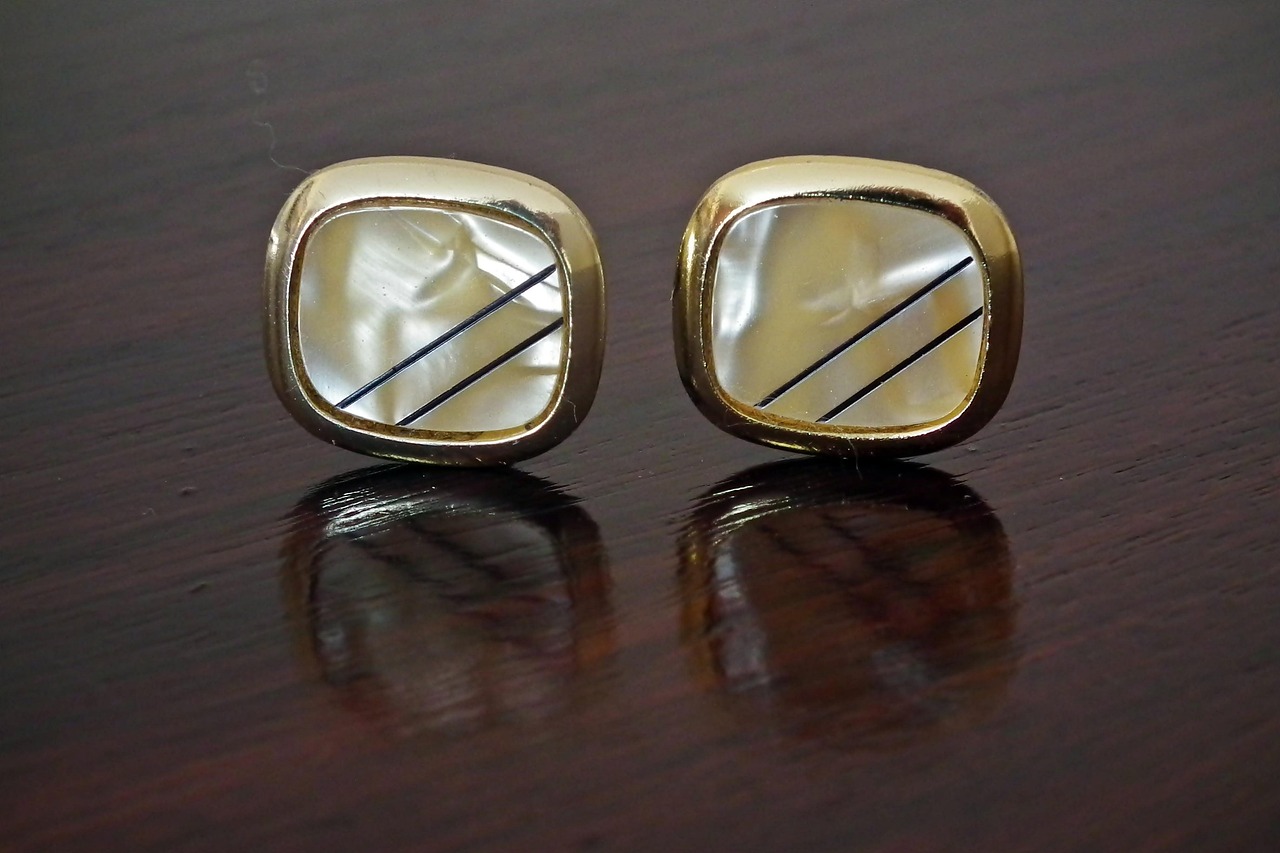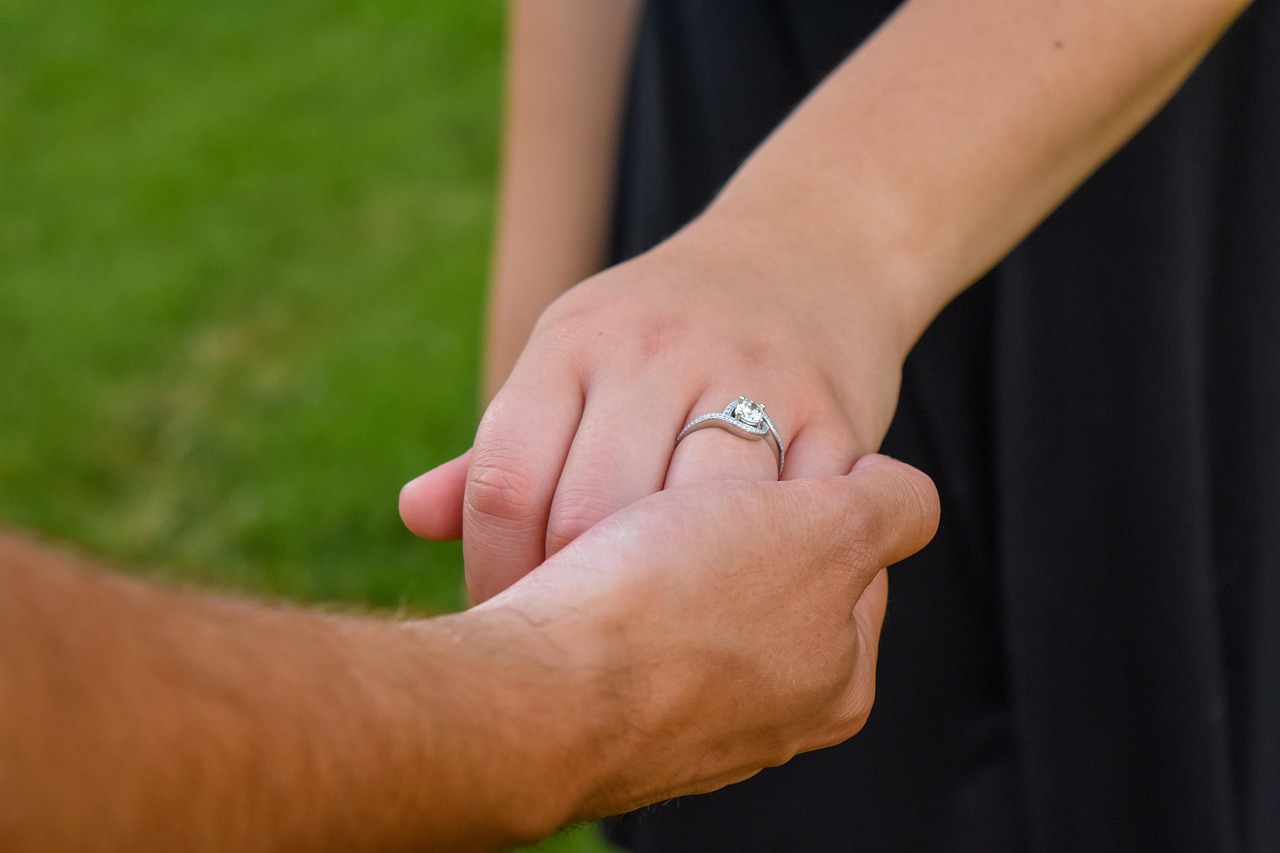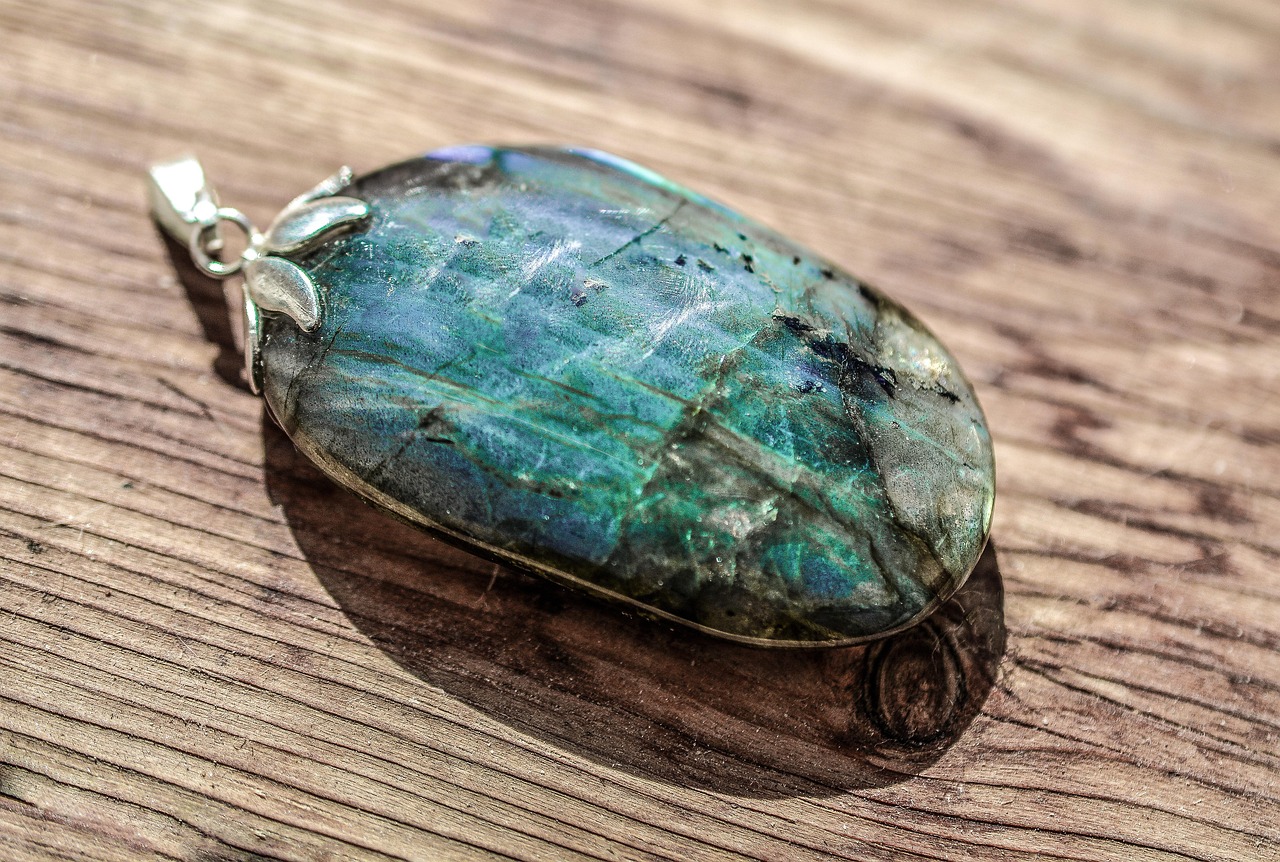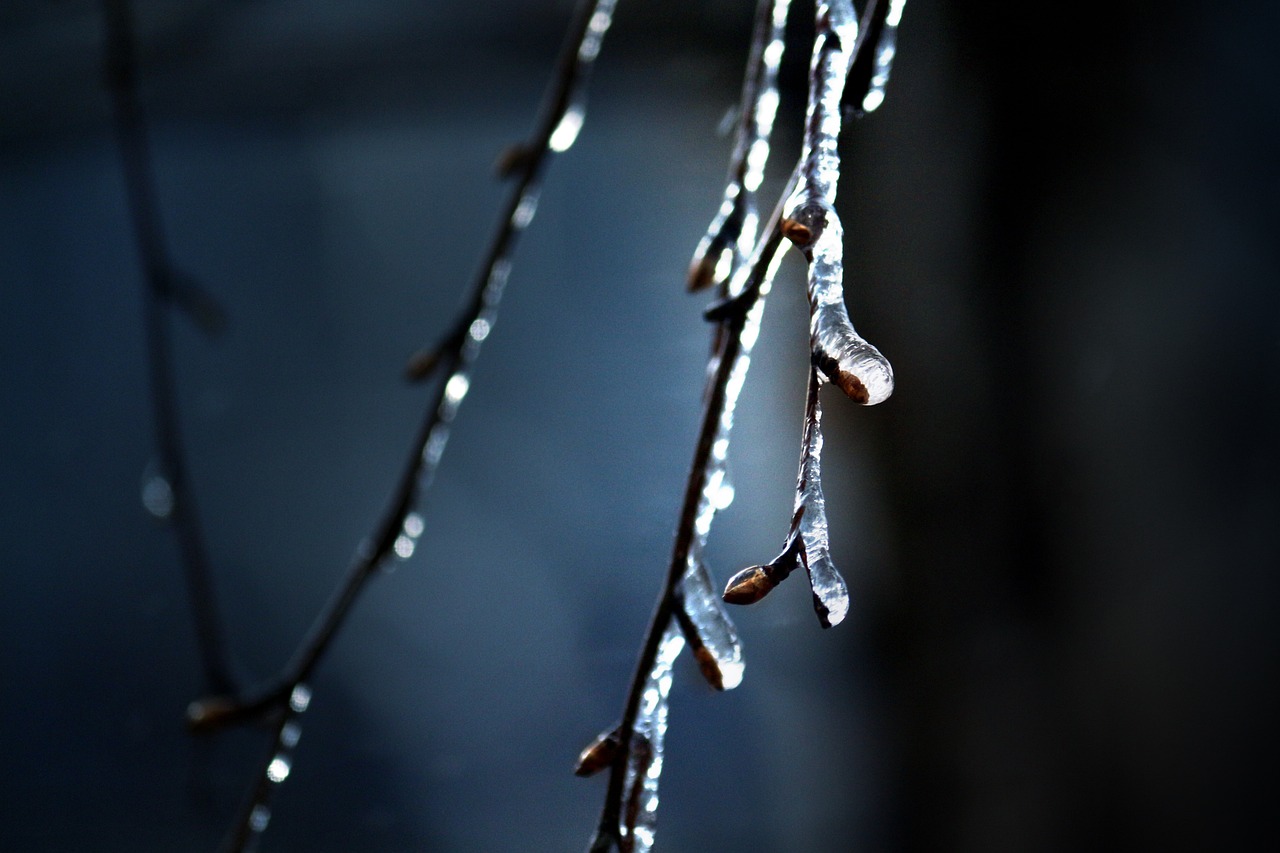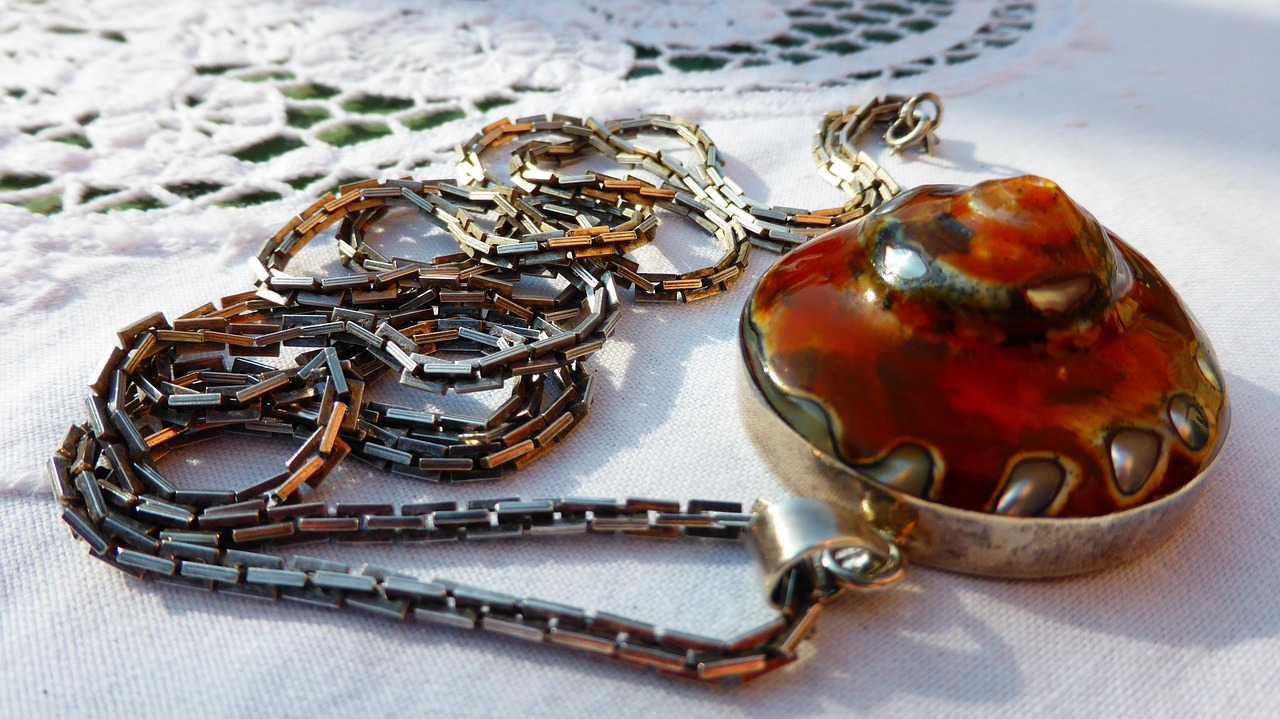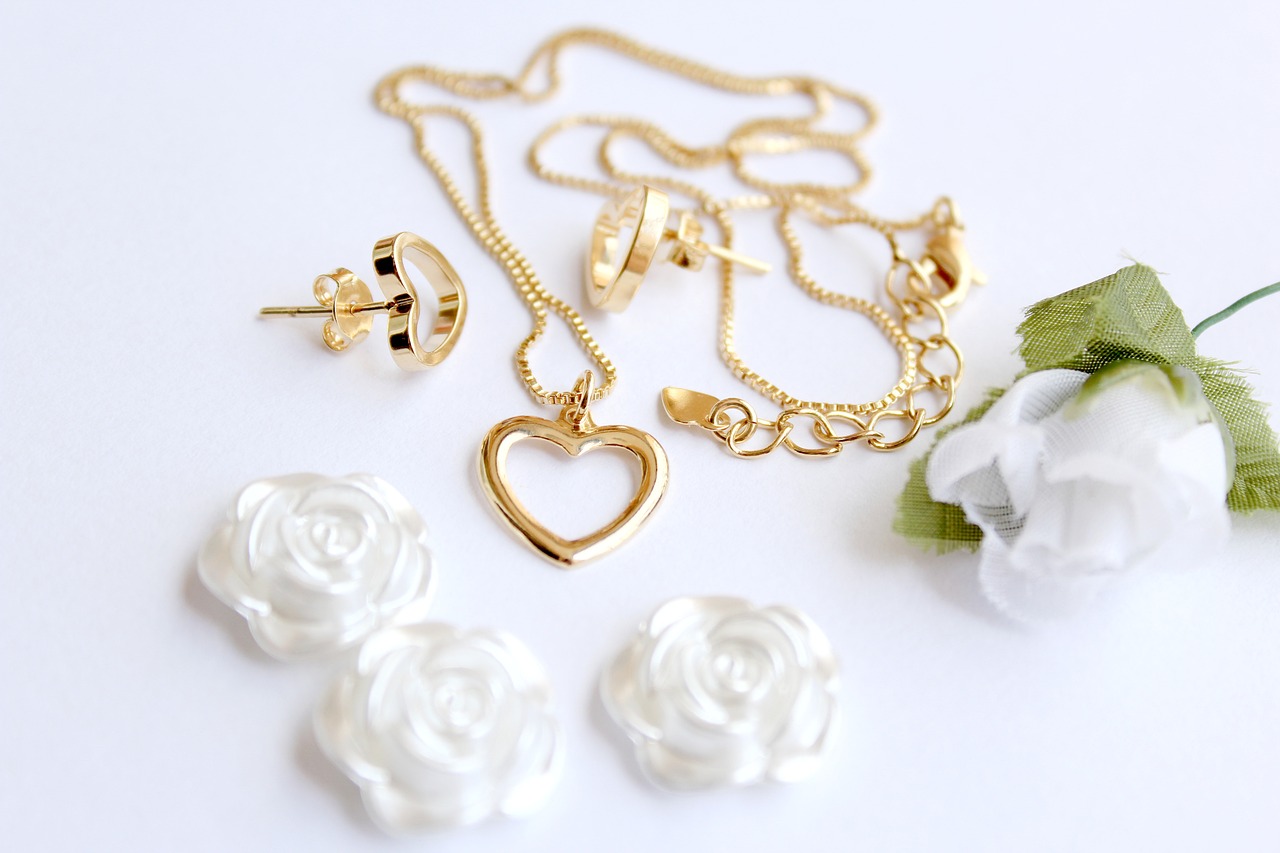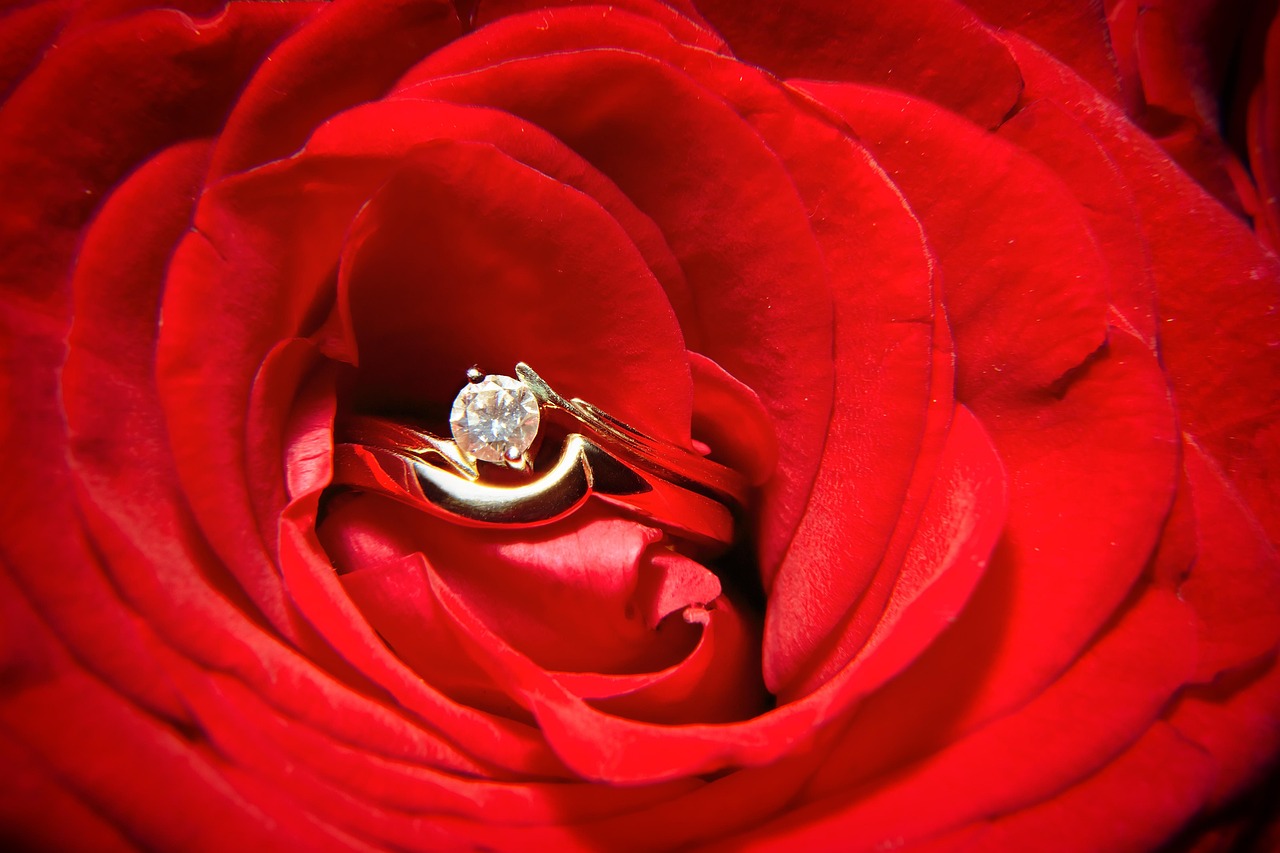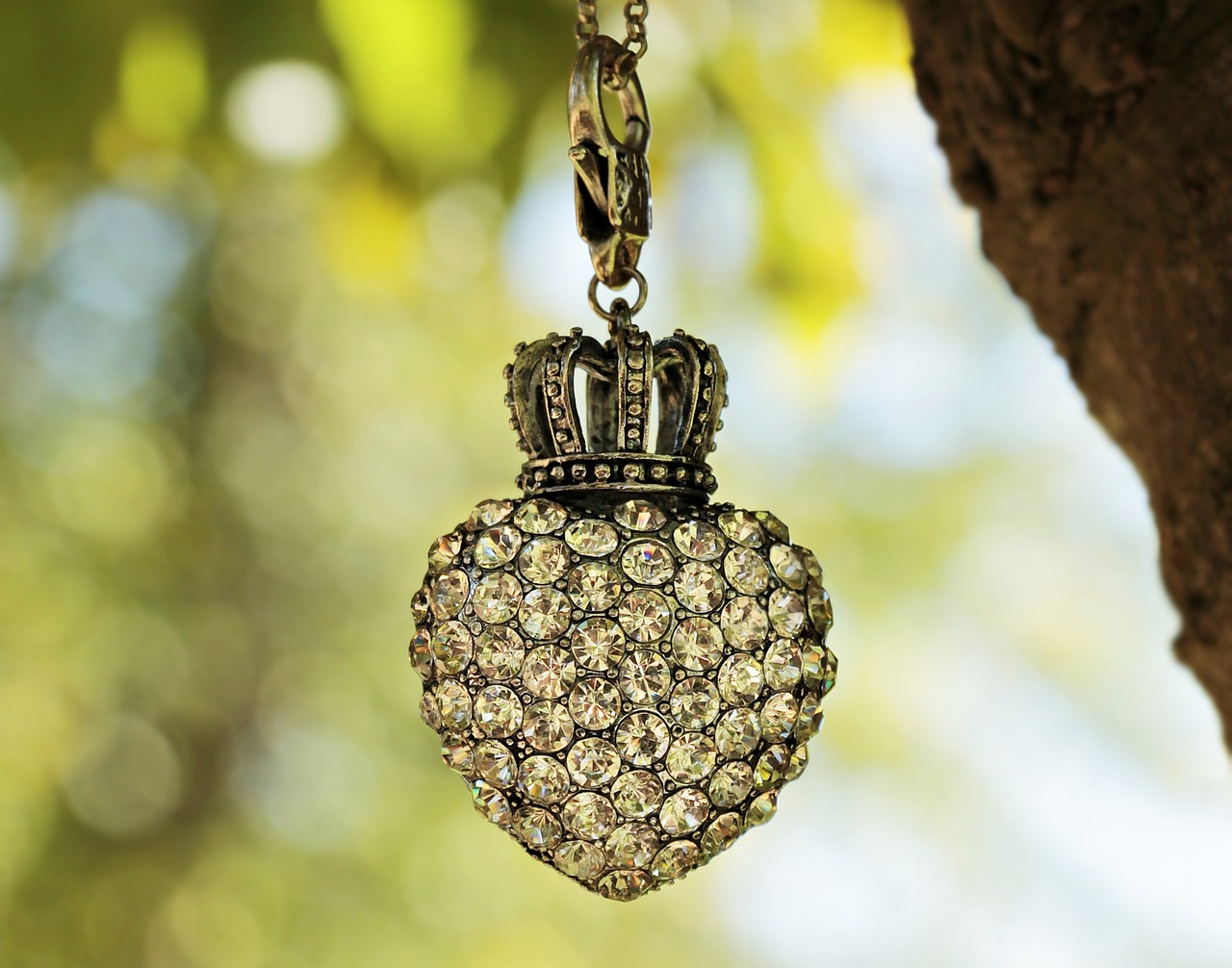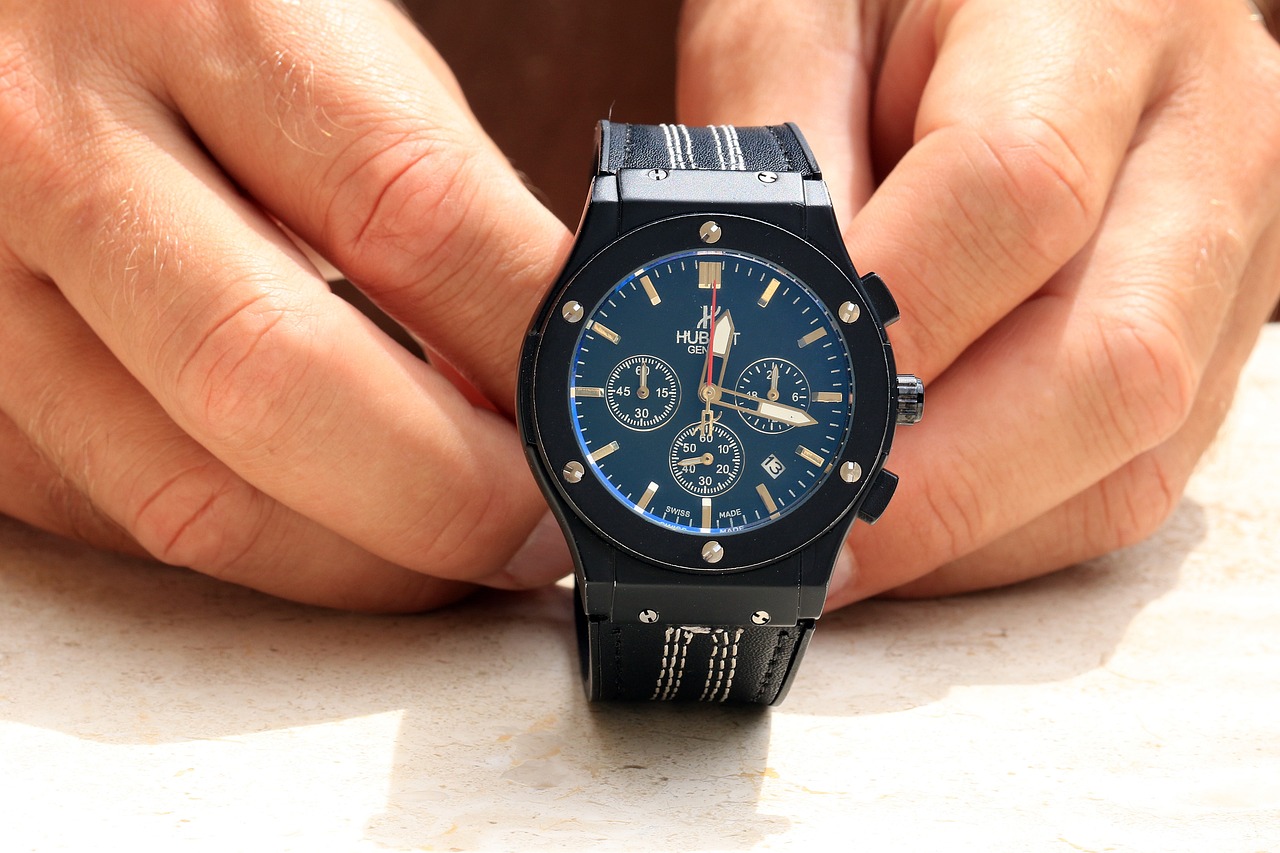This article explores effective methods for maintaining the beauty and longevity of handmade or custom jewelry, ensuring your treasured pieces remain in excellent condition for years to come.
Understanding the significance of proper jewelry care can help you preserve your pieces’ aesthetic and value while avoiding costly repairs or replacements. Jewelry is not just an accessory; it often holds sentimental value and can be a significant investment. By taking the time to care for your jewelry, you ensure that it continues to shine and tell your unique story.
Cleaning your handmade jewelry requires specific techniques and materials to avoid damage. Different types of materials demand unique cleaning practices. Here are some best practices:
- Gemstones: These can be sensitive to harsh chemicals.
- Metals: Silver, gold, and copper can tarnish or scratch easily.
- Beads: Some beads may be porous and require gentle cleaning.
To keep your metals sparkling, consider the following:
- Silver: Use a silver polish cloth to remove tarnish.
- Gold: A mild soap solution works well; rinse and dry thoroughly.
- Copper: A mixture of vinegar and salt can be effective for tarnish removal.
Gemstones require special attention:
- Soft stones: Use a damp cloth to gently wipe.
- Hard stones: A soft brush and mild soap solution can be effective.
Proper storage is crucial for preventing scratches and tangles. Here are the best practices:
- Use a jewelry box: Separate compartments can prevent scratching.
- Store in a cool, dry place: Avoid humidity which can cause tarnishing.
- Use anti-tarnish pouches: These can help keep metals shiny.
Wearing your handmade jewelry with care can prevent damage and prolong its life. Here are some important tips:
It’s essential to remove your pieces during:
- Swimming: Chlorine can harm certain metals and stones.
- Exercising: Physical activities can lead to scratches or loss.
- Cleaning: Household chemicals can damage your jewelry.
Engaging in physical activities can lead to wear and tear. Here are some protective tips:
- Wear a protective case: If you must wear jewelry, consider a protective case.
- Limit exposure: Remove jewelry before engaging in high-impact activities.
Even with the best care, jewelry can become damaged. Understanding repair options is essential for restoration:
Signs that indicate it’s time for expert intervention include:
- Loose stones: If a stone feels loose, consult a jeweler.
- Tarnished metals: Persistent tarnish may require professional cleaning.
Some minor repairs can be done at home:
- Re-stringing beads: Use a bead thread for easy DIY repairs.
- Replacing clasps: Clasps can often be replaced without professional help.
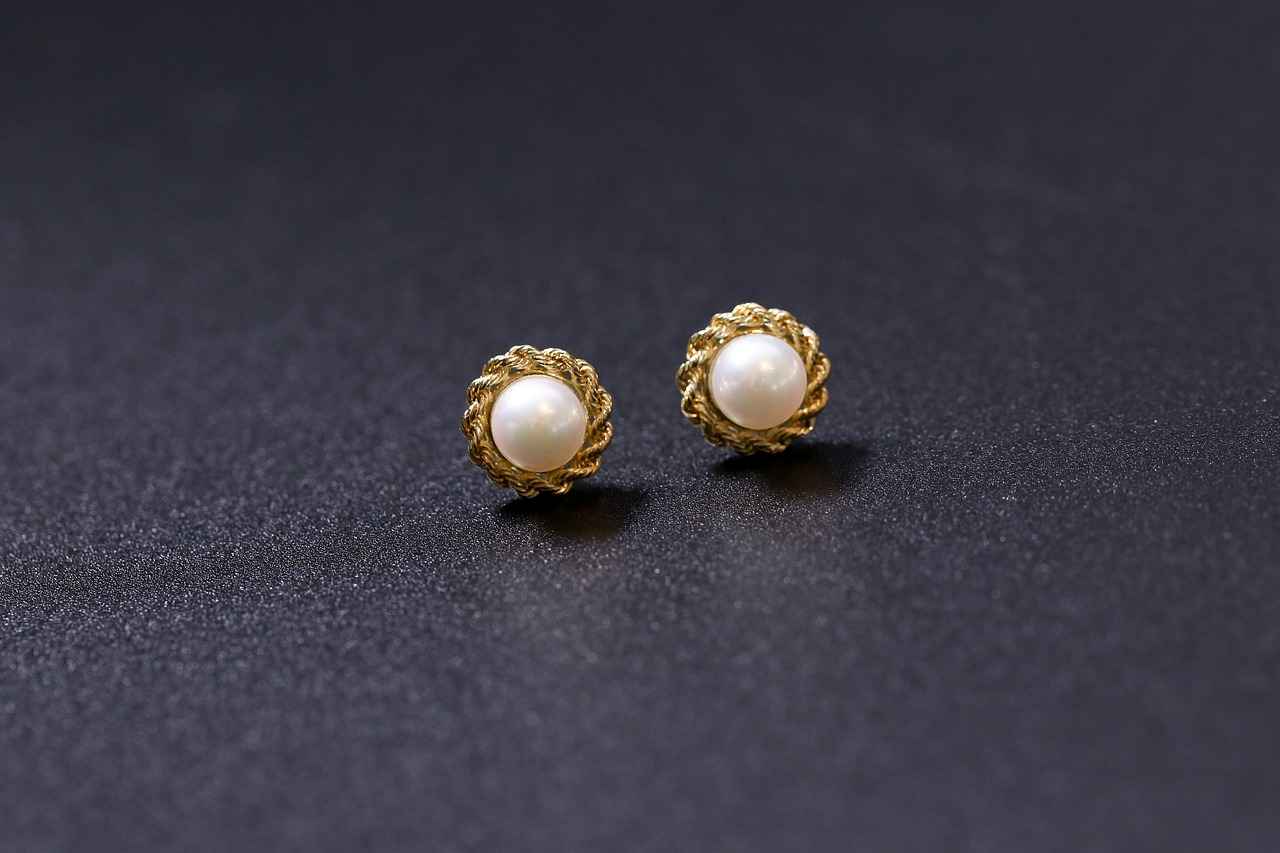
Why is Proper Jewelry Care Important?
Jewelry is not just an accessory; it often holds significant sentimental and monetary value. Understanding the significance of proper jewelry care is essential for anyone who wishes to maintain the beauty and longevity of their cherished pieces. Proper care can help preserve the aesthetic appeal of your jewelry while also safeguarding its value. By taking the time to care for your items, you can avoid costly repairs or replacements that may arise from neglect.
Jewelry can be exposed to various elements that can lead to wear and tear. For instance, exposure to water, chemicals, and even everyday activities can cause damage. This is why implementing a routine care regimen is crucial. Regular cleaning and proper storage not only keep your pieces looking their best but also help in identifying any potential issues before they become significant problems.
Moreover, different materials require unique care techniques. For example, gemstones may be sensitive to harsh cleaning agents, while certain metals can tarnish or scratch easily. Understanding these nuances ensures that you are not inadvertently causing harm while trying to maintain your jewelry.
In addition to cleaning, proper storage is vital. Jewelry should be stored in a way that prevents tangling and scratching. Using soft pouches or dedicated jewelry boxes can keep your pieces organized and protected from environmental factors.
- Regular inspections: Check your jewelry for loose stones or damaged clasps periodically.
- Safe cleaning methods: Use gentle cleaning solutions and soft cloths to prevent abrasion.
- Appropriate storage: Separate pieces to avoid scratching and tangling.
Furthermore, wearing your jewelry with care is also essential. Certain activities, such as swimming or exercising, can expose your jewelry to elements that may cause damage. Being mindful of when to remove your pieces can significantly extend their lifespan.
In summary, investing time and effort into proper jewelry care is not just about aesthetics; it’s also about preserving the value and integrity of your treasured items. By understanding the importance of care and implementing best practices, you can ensure that your jewelry remains a source of joy and beauty for years to come.
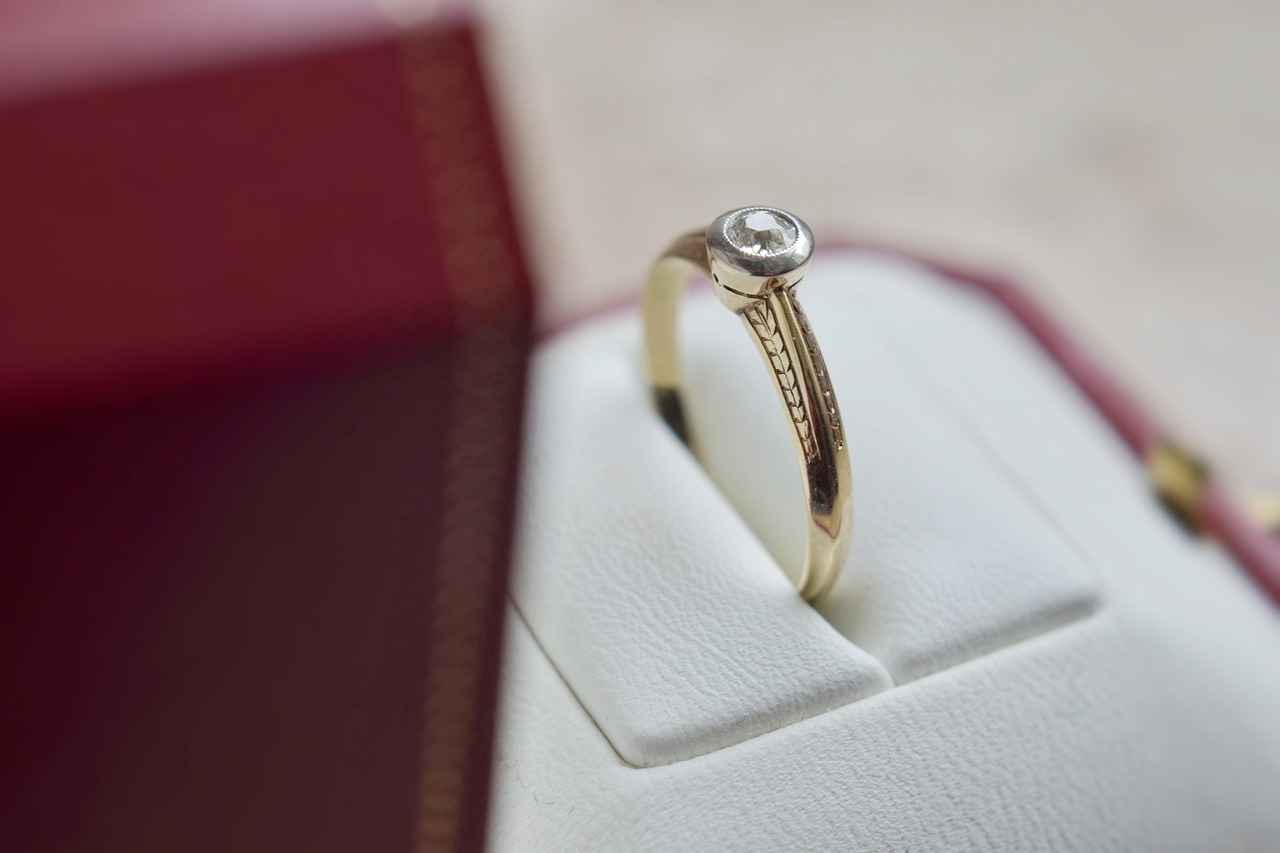
How to Clean Handmade Jewelry Safely?
Cleaning your handmade jewelry is essential to maintain its beauty and durability. Each piece, whether crafted from precious metals, unique gemstones, or delicate beads, requires specific techniques to avoid damage. In this section, we will explore the best practices for safely cleaning different types of materials, ensuring your treasured items remain in excellent condition.
Using the right cleaning methods is crucial to prevent scratches, tarnishing, or other forms of damage. Many handmade jewelry pieces are crafted from materials that can be sensitive to harsh chemicals or abrasive tools. Therefore, knowing how to clean them properly can extend their lifespan and keep them looking their best.
- Metals: For metals like silver, gold, and copper, it is important to use a soft cloth and gentle cleaning solutions. Avoid using abrasive materials that can scratch the surface. For silver, a specialized silver polish can help remove tarnish without damaging the metal.
- Gemstones: Gemstones often require special care. For example, pearls should be wiped with a soft, damp cloth after wearing to remove oils and dirt. Avoid soaking them in water, as this can weaken the string. Harder stones like diamonds can be cleaned with mild soap and water, but be cautious with softer stones like opals or emeralds, which may require professional cleaning.
- Beads and Other Materials: When cleaning beaded jewelry, it’s best to avoid submerging them in water. Instead, use a damp cloth to gently wipe the beads. Ensure that the stringing material is not exposed to excessive moisture, as this can lead to fraying or breaking.
Each type of jewelry may have unique cleaning requirements:
1. **For Silver Jewelry**: Use a silver polishing cloth and avoid harsh chemicals.2. **For Gold Jewelry**: Mix warm water with a few drops of mild dish soap, soak for a few minutes, and gently scrub with a soft brush.3. **For Gemstone Rings**: Use a soft toothbrush to clean under the stone, ensuring you don’t scratch the setting.4. **For Pearls**: Wipe with a damp cloth and store in a soft pouch to prevent scratching.
Regular cleaning is essential, but the frequency depends on how often you wear your jewelry. If you wear a piece daily, consider cleaning it every few weeks. For items worn less frequently, a thorough clean every few months should suffice. Always inspect your jewelry for signs of wear or tarnish, and address any issues promptly to avoid costly repairs later.
- Test Cleaning Solutions: Always test any cleaning solution on a small, inconspicuous area before applying it to the entire piece.
- Use Soft Tools: Soft brushes or cloths are preferable to avoid scratching delicate surfaces.
- Store Properly: After cleaning, store your jewelry in a dry, cool place, ideally in a fabric-lined box or pouch to prevent scratches and tangling.
In conclusion, understanding how to clean your handmade jewelry safely is vital for preserving its charm and integrity. By following these best practices, you can ensure that your cherished pieces remain stunning and intact for years to come.
What Materials Require Special Care?
When it comes to caring for your jewelry, understanding the different materials involved is essential. Each material, whether it be gemstones, metals, or beads, has its own unique characteristics and cleaning requirements. In this section, we will delve into the specific needs of various materials and how to maintain their beauty.
Gemstones are often prized for their beauty and rarity, but they can also be quite sensitive. Harsh chemicals can damage their surfaces, leading to dullness or scratches. Here are some common gemstones and their cleaning recommendations:
- Diamonds: Use a soft brush and a solution of mild soap and warm water. Avoid abrasive cleaners.
- Emeralds: Clean with a damp cloth. Avoid soaking them in water as they can have inclusions that may absorb moisture.
- Opals: Wipe with a soft cloth. Never use ultrasonic cleaners as they can crack the stone.
Different metals, such as silver, gold, and copper, require specific care to prevent tarnishing and scratching. Here’s how to clean each type:
- Silver: Use a silver polish cloth for routine cleaning. For deeper cleaning, a solution of baking soda and water can be effective.
- Gold: Mild soap and warm water will suffice. Avoid harsh chemicals that can strip the metal’s finish.
- Copper: To remove tarnish, use a mixture of vinegar and salt. Rinse thoroughly and dry immediately.
Beaded jewelry can include a variety of materials, from glass to wood. Each type of bead has unique properties that require gentle care:
- Glass Beads: Clean with a damp cloth. Avoid soaking as this can weaken the stringing material.
- Wood Beads: Wipe with a dry cloth. Avoid water exposure to prevent warping or cracking.
- Plastic Beads: Use mild soap and water for cleaning, but ensure they are dried thoroughly to avoid moisture damage.
Understanding the special care required for different materials is key to preserving the beauty of your jewelry. By following these tailored cleaning techniques, you can ensure that your treasured pieces remain stunning for years to come. Always remember to consult with a professional jeweler if you are unsure about the best cleaning practices for your specific items.
Cleaning Techniques for Metals
When it comes to maintaining the beauty of your jewelry, understanding the unique properties of different metals is essential. Metals such as silver, gold, and copper are popular choices for jewelry, but they can also be prone to tarnishing and scratching. To keep your pieces looking their best, it’s important to adopt effective cleaning techniques tailored to each metal type.
Silver jewelry is known for its stunning shine, but it can tarnish over time due to exposure to air and moisture. To clean silver effectively:
- Use a Silver Polish: Apply a small amount of silver polish to a soft cloth and gently rub the surface of the jewelry.
- Soak in a Baking Soda Solution: Mix baking soda with water to create a paste. Apply it to the tarnished areas, let it sit for a few minutes, and rinse with warm water.
- Ultrasonic Cleaners: For intricate designs, consider using an ultrasonic cleaner that can safely remove dirt and tarnish without damaging the metal.
Gold is a durable metal, but it can still accumulate dirt and oils from your skin. Here are some tips for cleaning gold jewelry:
- Warm Soapy Water: Mix mild dish soap with warm water, soak your gold jewelry for about 15 minutes, and gently scrub with a soft toothbrush.
- Dry Thoroughly: After rinsing, dry your gold pieces with a soft cloth to prevent water spots.
- Avoid Harsh Chemicals: Stay away from bleach or abrasive cleaners as they can damage the gold finish.
Copper jewelry is beloved for its rustic appeal, but it can tarnish quickly. Here’s how to clean it:
- Lemon Juice and Baking Soda: Create a paste with lemon juice and baking soda, apply it to the tarnished areas, and rinse with water.
- Vinegar Soak: Soak copper pieces in a mixture of vinegar and salt for a few minutes, then rinse and dry thoroughly.
- Protective Coating: Consider applying a clear lacquer to prevent future tarnishing.
No matter the type of metal, here are some general tips to keep your jewelry in pristine condition:
- Store Properly: Keep your jewelry in a dry, cool place, preferably in a lined jewelry box or pouch to avoid scratches.
- Avoid Exposure: Remove jewelry before swimming, exercising, or engaging in activities that may cause damage.
- Regular Maintenance: Regularly clean your jewelry to prevent buildup and maintain its shine.
By adopting these cleaning techniques and care tips for silver, gold, and copper jewelry, you can ensure that your treasured pieces remain sparkling and beautiful for years to come. Remember, a little care goes a long way in preserving the beauty and value of your handmade or custom jewelry.
Cleaning Techniques for Gemstones
Gemstones are not only beautiful but also often carry significant sentimental and monetary value. However, they can be quite sensitive to harsh chemicals and inappropriate cleaning methods. Understanding how to properly clean and maintain your gemstones is crucial for preserving their natural beauty and integrity.
Why Are Gemstones Sensitive to Chemicals?
Many gemstones are composed of minerals that can react adversely to certain chemicals. For example, ammonia and other strong cleaners can dull the surface of softer stones like opal and pearl. Additionally, some gemstones may have treatments or coatings that can be damaged by harsh substances. Therefore, it is essential to use gentle cleaning methods that won’t compromise the stone’s structure or appearance.
Safe Cleaning Methods for Different Gemstones
- Diamonds: Use a mild soap solution and a soft brush. Rinse thoroughly and dry with a lint-free cloth.
- Emeralds: Clean with warm soapy water and a soft cloth. Avoid ultrasonic cleaners as they can cause fractures.
- Rubies: Similar to diamonds, rubies can be cleaned with warm soapy water. They are more resilient to chemicals but still require gentle handling.
- Opals: Use a damp cloth; avoid soaking in water and never use chemicals. They are porous and can absorb liquids.
- Pearls: Wipe with a soft, damp cloth after wearing. Avoid soap and chemicals as they can damage the nacre.
General Cleaning Tips for Gemstones
- Always test any cleaning solution: Before applying a cleaning method to your gemstone, test it on a small, inconspicuous area.
- Use lukewarm water: Extreme temperatures can cause some stones to crack or become damaged.
- Soft brushes are your best friend: Use brushes with soft bristles to avoid scratching the surface of your gemstones.
- Dry properly: After cleaning, ensure your gemstones are dried properly with a soft cloth to prevent water spots.
Storing Your Gemstones
Proper storage is just as important as cleaning. Store your gemstones separately in soft pouches or lined boxes to prevent scratches and damage. Avoid storing them in direct sunlight as prolonged exposure can fade their colors.
Conclusion
By following these safe cleaning techniques and storage tips, you can maintain the beauty and longevity of your gemstones. Remember to treat them with care and avoid harsh chemicals to ensure they remain a cherished part of your jewelry collection for years to come.
How to Store Your Jewelry Properly?
When it comes to preserving the beauty of your handmade jewelry, proper storage is essential. Not only does it help prevent scratches and tangles, but it also ensures that your treasured pieces remain organized and protected from potential damage. Here, we will explore the best practices for storing your jewelry, so you can enjoy your collection for years to come.
Jewelry can be delicate, and improper storage can lead to a variety of issues. Storing your pieces correctly can help maintain their luster and integrity, while also making it easier to find and wear your favorite items. Here are some reasons why you should prioritize proper storage:
- Prevents scratches: Jewelry can easily get scratched when stored together. Keeping pieces separated minimizes contact and protects their surfaces.
- Avoids tangles: Chains and necklaces can become tangled if not stored properly, leading to frustration and potential damage.
- Enhances longevity: Proper storage can prolong the life of your jewelry by protecting it from environmental factors such as humidity and light.
To keep your handmade jewelry in pristine condition, consider the following storage methods:
- Use individual pouches or boxes: Store each piece in its own soft pouch or compartmentalized box. This prevents scratching and tangling while keeping your jewelry organized.
- Invest in a jewelry organizer: A dedicated jewelry organizer with sections for different types of items can help keep your collection tidy and accessible.
- Avoid direct sunlight: Store your jewelry in a cool, dark place to prevent fading and discoloration caused by sunlight exposure.
- Keep away from moisture: Humidity can damage metals and gemstones. Consider using silica gel packets in your storage area to absorb excess moisture.
- Regularly check for damage: Periodically inspect your jewelry for any signs of wear or damage. Early detection can prevent further issues.
Different materials require different storage methods. Here are some tips based on the type of jewelry:
- Metal jewelry: Store metals like silver and gold in anti-tarnish pouches or cloths to prevent tarnishing.
- Gemstone jewelry: Use soft cloths or padded boxes to prevent scratches on delicate gemstones.
- Beaded jewelry: Store beaded pieces flat to avoid stretching and damage to the string or wire.
By following these best practices, you can ensure that your handmade jewelry remains a cherished part of your collection. Remember, the way you store your jewelry plays a significant role in its longevity and overall appearance. Take the time to implement these strategies, and you will enjoy your beautiful pieces for many years.
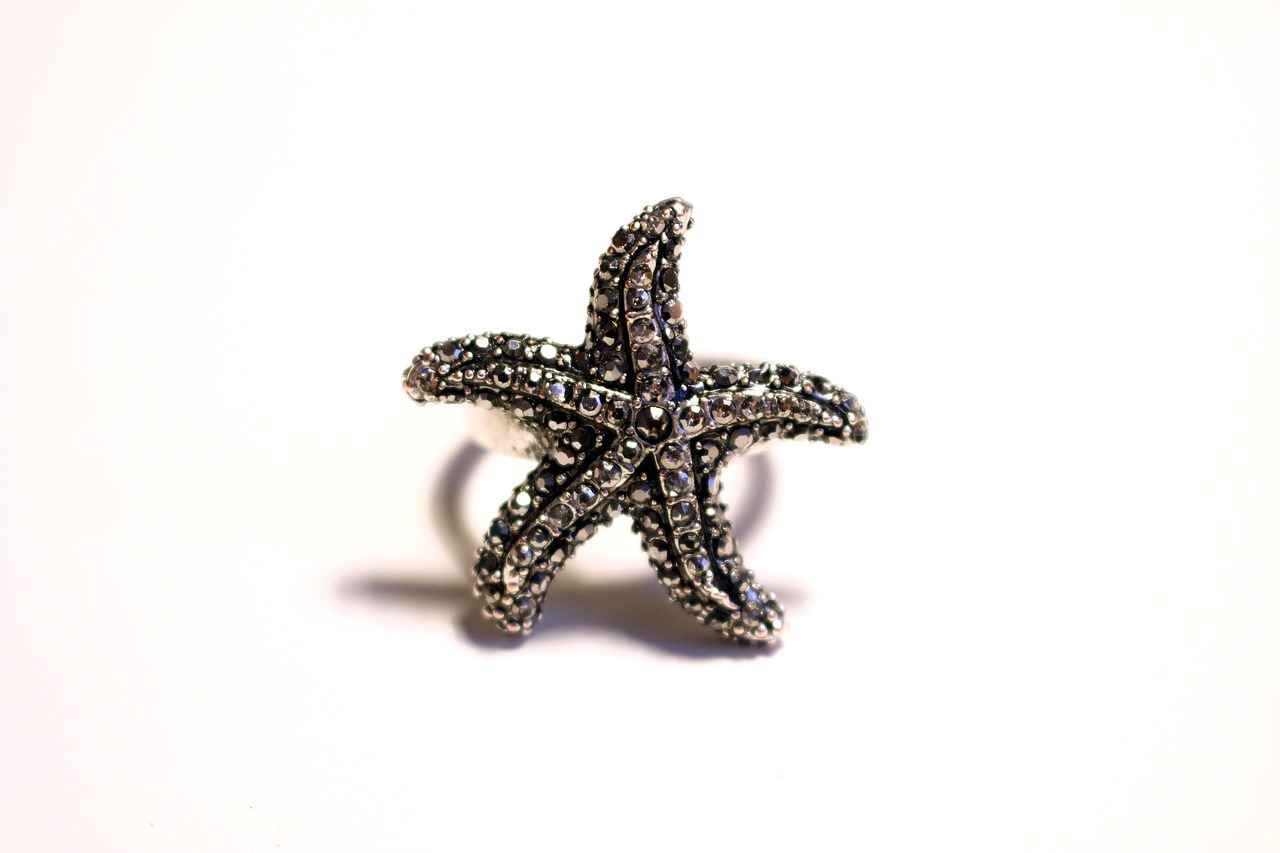
What Are the Best Practices for Wearing Jewelry?
Wearing your handmade jewelry with care is essential for maintaining its beauty and extending its lifespan. By following a few simple yet effective practices, you can enjoy your favorite pieces without the worry of damage or wear. This section delves into the best practices for wearing jewelry, ensuring that your treasured items remain in pristine condition.
Handmade jewelry often features unique materials and intricate designs that can be more vulnerable to damage compared to mass-produced pieces. By understanding the importance of careful wear, you can protect your investment and preserve the sentimental value of your jewelry.
There are specific situations where it is advisable to remove your jewelry to prevent potential damage:
- Showering or Swimming: Water can cause tarnishing and weaken adhesives used in some pieces.
- Exercising: Physical activity can lead to scratches or breakage, especially in delicate items.
- Using Chemicals: Cleaning products, perfumes, and lotions can react negatively with certain materials.
Engaging in various activities while wearing your jewelry can be risky. Here are some practical tips to minimize damage:
- Choose the Right Time: Opt to wear delicate pieces during less active occasions.
- Be Mindful of Your Surroundings: Avoid wearing jewelry in crowded places where it may get caught or snagged.
- Use Protective Measures: Consider using a soft cloth to wrap your jewelry during activities that may pose a risk.
Layering your jewelry can create a stunning look, but it’s important to do so carefully:
- Mix Materials Wisely: Pairing different materials can lead to scratches. Choose compatible pieces.
- Balance Weight: Avoid layering heavy pieces with delicate ones to prevent breakage.
- Secure Fastenings: Ensure clasps and closures are secure to prevent accidental loss.
Even with the best practices, accidents can happen. Here’s what to do if your jewelry sustains damage:
- Assess the Damage: Determine if it’s a minor issue that can be fixed at home or if it requires professional help.
- Clean the Affected Area: Gently clean any dirt or residue to prevent further issues.
- Consult a Professional: If the damage is significant, seek the expertise of a jeweler to restore your piece.
By adhering to these best practices for wearing your handmade jewelry, you can ensure that your cherished pieces remain beautiful and intact for years to come. Remember, the key to preserving your jewelry lies in understanding its unique qualities and treating it with the care it deserves.
When Should You Remove Your Jewelry?
Jewelry is not just an accessory; it often holds sentimental value and reflects personal style. However, certain activities can pose significant risks to your treasured pieces. Understanding when to remove your jewelry is essential for maintaining its beauty and longevity.
Engaging in various activities can expose your jewelry to elements that may cause irreparable damage. Water, chemicals, and physical impacts can tarnish metals, dull gemstones, and even lead to breakage. By knowing when to take off your pieces, you can protect your investment and ensure that your jewelry remains as stunning as the day you acquired it.
- Swimming: Whether in a pool or the ocean, water can weaken certain materials. Chlorine and saltwater can lead to tarnishing and can even loosen settings on gemstones.
- Exercising: During workouts, sweat and friction can scratch metals and damage delicate stones. It’s wise to remove rings, bracelets, and necklaces before hitting the gym.
- Household Chores: Cleaning products often contain harsh chemicals that can tarnish or corrode metals. Always take off your jewelry before using cleaners, bleach, or other chemicals.
- Cooking: Oils, food particles, and chemicals can not only dirty your jewelry but may also lead to discoloration or damage. It’s best to remove rings and bracelets while preparing meals.
To ensure your jewelry remains in excellent condition, consider these practical tips:
- Designate a Safe Spot: Always have a designated area to store your jewelry when you remove it. A small dish or a jewelry box can prevent loss.
- Use a Jewelry Case: For more extensive collections, a travel jewelry case can keep your pieces organized and protected when you’re on the go.
- Be Mindful of Clothing: Avoid wearing jewelry that can snag on clothing or get caught in machinery, especially during tasks like gardening or DIY projects.
Pay attention to specific signs that indicate you should remove your jewelry:
- If you feel discomfort or irritation, especially when sweating.
- When engaging in activities that involve significant movement or impact.
- If you notice any discoloration or dullness in your jewelry, which may indicate exposure to damaging substances.
By following these guidelines, you can significantly reduce the risk of damaging your beloved pieces. Remember, taking a few moments to remove your jewelry during certain activities can save you from costly repairs or replacements down the line. Always prioritize the care of your jewelry to ensure it remains a cherished part of your life for years to come.
How to Avoid Jewelry Damage During Activities?
Engaging in physical activities is essential for maintaining a healthy lifestyle, but it can pose risks to your cherished jewelry. Whether you’re hitting the gym, swimming, or participating in outdoor sports, it’s crucial to take steps to protect your pieces. In this section, we will explore effective strategies to avoid jewelry damage during various activities.
Jewelry can be delicate, and exposure to sweat, water, or physical impact can lead to wear and tear. Protecting your jewelry not only preserves its appearance but also maintains its value. Here are some reasons to be cautious:
- Tarnishing: Metals can tarnish when exposed to moisture and sweat.
- Scratching: Physical activities can lead to scratches on the surface of gemstones and metals.
- Loss: Jewelry can easily slip off during vigorous movements or water activities.
To ensure that your jewelry remains in excellent condition, consider the following tips:
The simplest way to avoid damage is to remove your jewelry before engaging in any physical activity. This is especially important for:
- High-impact sports
- Swimming or showering
- Weightlifting or strength training
If removing your jewelry isn’t an option, consider using protective covers or pouches. For example, a soft cloth pouch can help shield your pieces from scratches and impacts.
When purchasing new jewelry, opt for durable materials that can withstand physical activities. Stainless steel, titanium, and certain types of silicone are excellent choices for active lifestyles.
Water and chemicals can cause irreversible damage to your jewelry. Always remember to:
- Remove jewelry before swimming, bathing, or washing hands.
- Avoid exposing jewelry to harsh chemicals found in cleaning agents or lotions.
After engaging in physical activities, it’s essential to clean your jewelry to remove any sweat or residue. Use a soft cloth to gently wipe down your pieces and keep them looking their best.
Even with the best precautions, accidents can happen. If your jewelry does become damaged, it’s important to:
- Assess the Damage: Determine if it’s a minor issue that can be fixed at home or if professional help is required.
- Seek Professional Repair: If you’re unsure about the extent of the damage, consult a professional jeweler.
By following these guidelines, you can enjoy your active lifestyle while keeping your jewelry safe. Remember, taking a few precautionary steps can significantly extend the life of your treasured pieces.
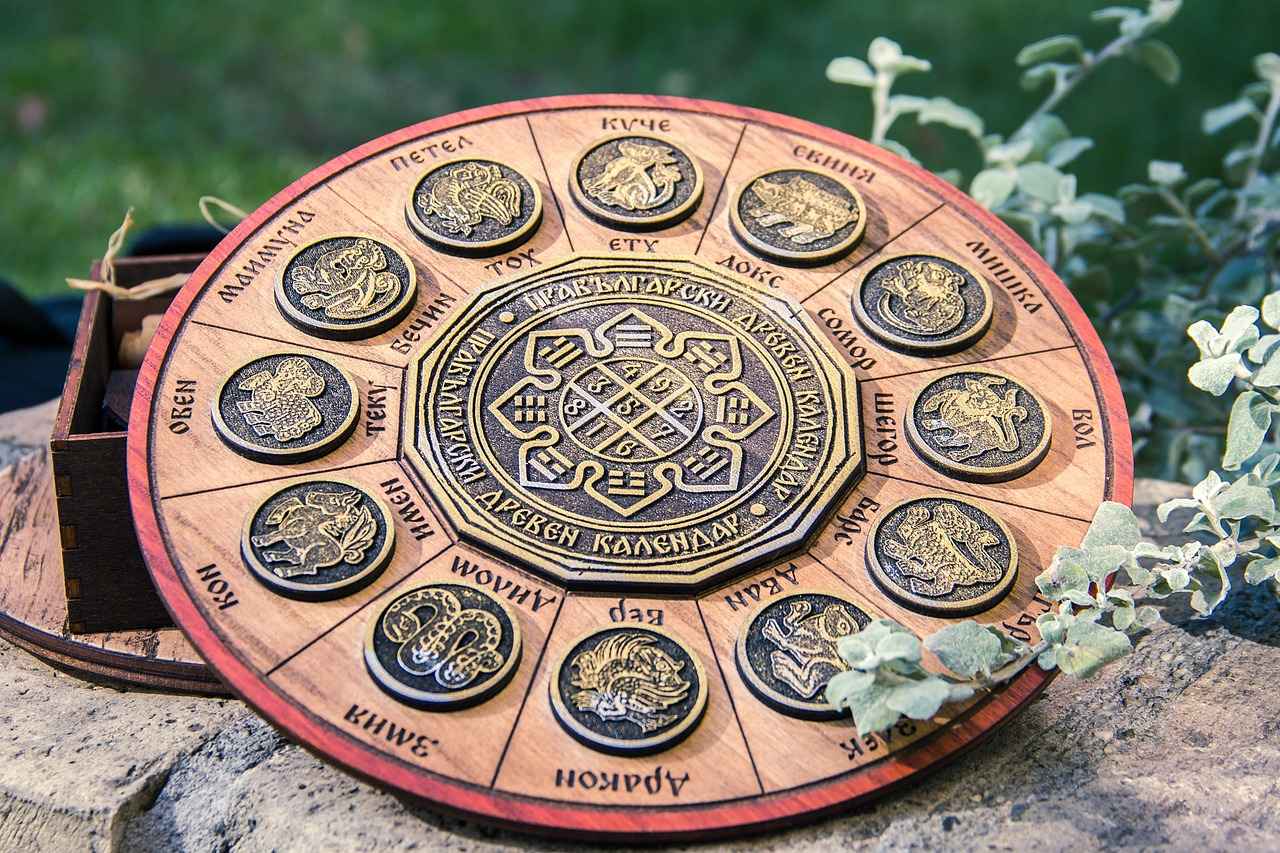
How to Repair Damaged Handmade Jewelry?
Jewelry is not just an accessory; it often holds sentimental value and reflects personal style. However, even with the best care, handmade jewelry can become damaged over time. Understanding the various repair options available can help restore your treasured pieces to their original condition, allowing you to enjoy them for years to come.
Repairing damaged jewelry is crucial for maintaining its beauty and value. Whether it’s a broken clasp, a missing stone, or tarnished metal, timely repairs can prevent further deterioration. Ignoring minor issues may lead to more significant problems, which could be more expensive to fix.
Sometimes, the damage to your jewelry may require the expertise of a professional jeweler. Here are some signs that indicate it’s time to seek professional help:
- Complex Repairs: Issues like broken chains or intricate settings may be beyond DIY fixes.
- Valuable Pieces: If your jewelry is of high value, professional restoration ensures that it retains its worth.
- Restoration of Antique Jewelry: Antique pieces often require specialized techniques to preserve their integrity.
For those who prefer a hands-on approach, several DIY repair techniques can address common jewelry problems:
- Replacing a Missing Stone: If a gemstone falls out, you can often replace it by purchasing a similar stone and using adhesive designed for jewelry.
- Fixing a Broken Chain: Small chain links can be reattached with pliers, but be cautious not to apply too much force.
- Cleaning Tarnished Jewelry: Use a gentle jewelry cleaner or a mixture of baking soda and water to restore shine.
Understanding the material of your jewelry is vital for effective repairs. Here are some techniques for various materials:
- Metal Jewelry: For silver or gold pieces, consider using a polishing cloth to remove tarnish. If scratches are present, a professional polishing service may be necessary.
- Beaded Jewelry: If beads are loose or missing, restringing may be required. Use a beading thread and needle for best results.
- Leather Jewelry: For leather pieces, use a leather conditioner to restore flexibility and prevent cracking.
Taking preventive measures can significantly reduce the risk of future damage. Here are some tips to keep your handmade jewelry in excellent condition:
- Regular Cleaning: Clean your jewelry regularly to prevent buildup of dirt and oils.
- Careful Storage: Store jewelry in a soft pouch or a dedicated jewelry box to avoid scratches and tangles.
- Avoid Exposure: Remove jewelry before engaging in activities that could lead to damage, such as swimming or exercising.
In summary, while damage to handmade jewelry can be disheartening, various repair options exist. Whether you opt for professional help or choose to tackle minor repairs yourself, understanding the best practices ensures your cherished pieces remain beautiful and functional. With proper care and timely repairs, your handmade jewelry can continue to tell your story for generations.
When to Seek Professional Help?
When it comes to maintaining the beauty and functionality of your handmade or custom jewelry, knowing when to seek professional help is crucial. Many jewelry enthusiasts often attempt to manage repairs and maintenance on their own, but there are specific signs that indicate it’s time to consult a professional jeweler. This knowledge can not only save you time but also prevent further damage to your treasured pieces.
- Visible Damage: If you notice cracks, chips, or breaks in your jewelry, it’s essential to seek professional assistance immediately. Attempting DIY repairs can lead to more significant issues.
- Loose Stones: A gemstone that feels loose in its setting is a red flag. A professional can securely reset the stone to prevent it from falling out.
- Tarnishing or Discoloration: While some tarnishing can be cleaned at home, extensive discoloration may require professional cleaning and polishing to restore the original luster.
- Worn Out Clasps or Chains: If clasps are not functioning properly or chains are showing signs of wear, a jeweler can replace these components to ensure your jewelry remains secure.
- Unusual Noises: If your jewelry makes unusual sounds when worn, such as rattling or clinking, it may indicate loose parts that need professional attention.
Consulting a professional jeweler offers several advantages:
- Expertise: Jewelers possess the training and experience necessary to identify issues that may not be apparent to the untrained eye.
- Quality Repairs: Professionals use high-quality materials and techniques to ensure that repairs are durable and aesthetically pleasing.
- Value Preservation: Proper repairs can help maintain or even increase the value of your jewelry, which is particularly important for antique or custom pieces.
While the idea of professional repairs may seem costly, it can actually be more cost-effective in the long run. Addressing issues early can prevent more extensive damage that would require even more expensive repairs later. Additionally, a professional jeweler can provide maintenance tips tailored to your specific pieces, helping you avoid future problems.
While some minor repairs can be handled at home, there are specific situations where DIY methods should be avoided:
- If you lack the right tools or materials, attempting a repair can lead to further damage.
- For intricate pieces with multiple components, professional help is often necessary to ensure everything is reassembled correctly.
- When dealing with valuable items, it’s best to leave repairs to professionals to maintain their worth.
In summary, understanding when to consult a professional jeweler is essential for preserving the integrity of your handmade or custom jewelry. By recognizing the signs that indicate the need for expert intervention, you can save time and money while ensuring that your cherished pieces remain in excellent condition for years to come.
DIY Repair Techniques for Minor Issues
Jewelry can hold significant sentimental value, and even the most carefully maintained pieces can occasionally suffer from minor damages. Fortunately, many of these issues can be resolved at home using simple DIY techniques. This section will guide you through various methods to address common jewelry problems, empowering you to restore your beloved pieces without professional assistance.
Before diving into repair techniques, it’s essential to identify the typical issues that arise with handmade jewelry. Common problems include:
- Loose stones in rings or pendants
- Broken chains or clasps
- Tarnished metals
- Scratched surfaces
Loose stones can be a quick fix if you have the right materials. Here’s how:
- Gather your tools: You will need a jewelry adhesive and a toothpick.
- Apply a small amount of adhesive to the setting where the stone sits.
- Carefully place the stone back into the setting and hold it in place for a few moments.
- Allow it to cure according to the adhesive instructions before wearing your jewelry again.
If your necklace or bracelet chain breaks, don’t panic! You can fix it:
- Use a pair of needle-nose pliers to open the jump ring where the chain has broken.
- Reconnect the broken ends and close the jump ring securely.
- If the chain is beyond repair, consider replacing it with a new one, which can often be purchased at craft stores.
Tarnished metals can easily be restored with household items:
1. For silver, create a paste using baking soda and water.2. Apply the paste to the tarnished area and gently rub with a soft cloth.3. Rinse thoroughly and dry completely.
This method works wonders for gold and copper as well, just ensure you use a non-abrasive cloth to avoid scratches.
Scratches on metal surfaces can be minimized with a few simple steps:
- Identify the scratch and clean the area with a soft cloth.
- Use a jewelry polishing cloth to buff the scratched area gently.
- For deeper scratches, a specialized metal polish may be required.
While many minor repairs can be handled at home, there are times when it’s wise to consult a professional. If you encounter:
- Severely damaged settings or stones
- Complex repairs that require specialized tools
- Pieces with significant sentimental value that need expert restoration
In such cases, contacting a professional jeweler can save you time and ensure the integrity of your jewelry is maintained.
In conclusion, with the right tools and techniques, you can tackle many minor jewelry repairs at home. Always remember to handle your pieces with care, and when in doubt, don’t hesitate to seek professional assistance to preserve your cherished items.
Frequently Asked Questions
- How often should I clean my handmade jewelry?
It’s best to clean your handmade jewelry regularly, depending on how often you wear it. If you wear it daily, consider cleaning it every few weeks. For pieces worn less frequently, a good clean every few months should suffice.
- What should I use to clean my jewelry?
Use a soft cloth and mild soap mixed with water for most pieces. For specific materials, like gemstones or certain metals, opt for specialized cleaners to avoid damage.
- How should I store my handmade jewelry?
Store your jewelry in a cool, dry place, ideally in a soft pouch or a lined jewelry box. This prevents scratches and tangling, keeping your pieces safe and sound.
- When is it necessary to remove my jewelry?
Always remove your jewelry before swimming, exercising, or applying lotions and perfumes. These activities can cause damage or tarnish your beloved pieces.
- Can I repair my jewelry at home?
Yes! Minor repairs like reattaching a clasp or restringing beads can often be done at home. Just make sure to follow some simple DIY techniques to avoid further damage.
- When should I seek professional help for repairs?
If your jewelry has significant damage, like a broken chain or loose stones, it’s best to consult a professional jeweler. They have the expertise to restore your pieces to their former glory.
